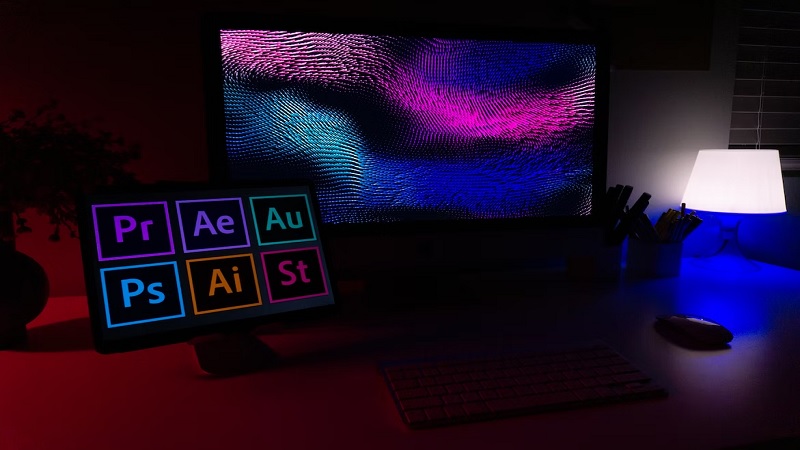Graphic Designing using GPT-4: The Future of Designing
Graphic designing is an ever-evolving field that requires creativity, innovation, and skill. With the advent of technology, the process of designing has become more efficient, but also more complex. GPT-4 is the latest generation of artificial intelligence language models that is expected to bring a revolution in the field of graphic designing. In this article, we will explore how GPT-4 can be used in graphic designing.
What is GPT-4?

GPT-4 is the latest generation of artificial intelligence language models developed by OpenAI. It is a neural network that is trained on a massive amount of data to predict the next word in a sentence. Unlike its predecessor, GPT-3, GPT-4 is expected to be more powerful and capable of performing more complex tasks.
How can GPT-4 be used in Graphic Designing?
GPT-4 can be used in graphic designing in several ways. Some of them are:
- Generating Design Ideas
GPT-4 can be used to generate design ideas by analyzing the data provided to it. Designers can input a set of parameters such as color scheme, typography, and design style, and GPT-4 can generate design ideas based on these parameters. This can save designers a lot of time and effort, and also provide them with fresh ideas that they might not have considered otherwise.
- Design Optimization
GPT-4 can also be used to optimize designs. It can analyze the design elements and provide suggestions for improvement. For example, it can suggest changes to the color scheme, typography, or layout of the design to make it more visually appealing.
- Personalized Designing
GPT-4 can also be used to create personalized designs for individual users. It can analyze the user’s preferences and generate designs that are tailored to their needs. This can be especially useful for businesses that want to create personalized marketing materials for their customers.
- Streamlining the Design Process
GPT-4 can streamline the design process by automating some of the more tedious tasks such as creating variations of a design or resizing it for different platforms. This can save designers a lot of time and effort, and also ensure consistency across different platforms.
Challenges and Limitations
While GPT-4 has the potential to revolutionize the field of graphic designing, there are also some challenges and limitations. One of the major challenges is the need for massive amounts of data to train the model. Another challenge is the potential for the model to generate designs that are too similar to existing designs, which could lead to copyright issues. Additionally, GPT-4 is still in development and has not yet been released, so it is unclear how effective it will be in practice.
Conclusion
GPT-4 has the potential to bring a revolution in the field of graphic designing by streamlining the design process, generating new design ideas, and providing personalized designs for individual users. However, it is important to note that there are also challenges and limitations associated with the use of GPT-4 in graphic designing. As the technology continues to develop, it will be interesting to see how designers incorporate GPT-4 into their workflow and what new possibilities it will bring.
Table of Contents
Submitted By Uzair Ahmed


